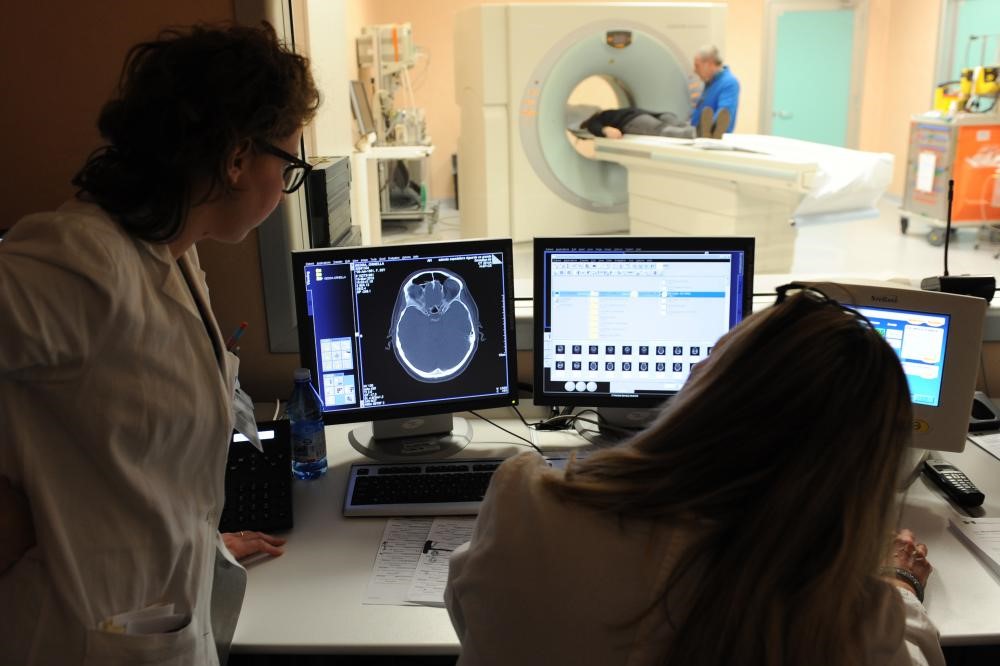
What a headache! Will it be a cephalea or a migraine?
There are many different types of headaches and they are often referred to by different names. When is it a cephalea? And when is it migraine?
Headaches, a question of classification
Cephalea is the generic term for all existing types of headache.
The currently adopted international classification consists of 14 subcategories, each of which addresses a different type of headache.
The first is dedicated to migraine, the most important of the headaches, which must have precise characteristics to fall into this ‘box’.
The pain, in fact, must last between 4 and 72 hours and have at least two of the following characteristics: it must have a unilateral localisation, it must be of the pulsating type, of medium or strong intensity and it can worsen with motor activities such as walking.
Headaches when standing
There is a particular form of headache called orthostatic headache, which occurs when standing up.
The cause is an injury to a meninge, the dura mater, one of the lining membranes of the brain and spinal cord, which acts as a container for an important fluid, CSF.
This allows the brain to remain in its natural position, propelled by the buoyancy effect.
But if the volume of fluid is reduced due to a leak, when standing upright, a downward displacement of the brain occurs and this causes headaches.
Patching
The therapy for orthostatic headache is the blood patch.
Under local anaesthesia, the patient’s own blood is injected into the space between the dura mater and the spinal canal in the lumbar region and reaches the point where the meninges tear.
Here it coagulates and patches the hole.
During the procedure, the patient is tilted upside down at an angle of 30° to allow blood to flow in, by gravity, and is kept in this position for the next 16 hours.
The procedure is successful in 90% of cases.
A small hole
In the case of orthostatic headache, the hole in the meninges may be caused by medical treatment (such as a lumbar puncture or spinal anaesthesia) or may arise due to spontaneous CSF hypotension, a rare syndrome often confused with meningitis.
Read Also
Emergency Live Even More…Live: Download The New Free App Of Your Newspaper For IOS And Android
Cluster Headache: Symptoms And Treatment
Rebound Headache, The Headache Linked To Drug Abuse
Migraine And Tension-Type Headache: How To Distinguish Between Them?
Headaches And Dizziness: It Could Be Vestibular Migraine
Monoclonal Antibodies And Botulinum Toxin: New Treatments For Migraines
Migraine With Brainstem Aura (Basilar Migraine)
Migraine And Tension-Type Headache: How To Distinguish Between Them?
Paroxysmal Positional Vertigo (BPPV), What Is It?
Headaches And Dizziness: It Could Be Vestibular Migraine
Waking Up Headaches: What Are The Causes And What To Do
Tension Headache: What Is It, What Are The Causes And What Are The Treatments?
Muscle Tension Headache: Help From Cryotherapy
Headache During Plane Landing: Why Does It Happen?
Cluster Headache: How To Recognise And Manage It?
Headache: What It Is, Symptoms And Treatment


